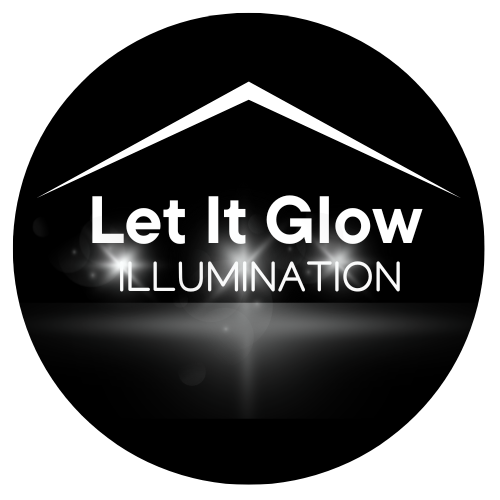More Lights, Less Lumens: Why Quantity Matters in Landscape Lighting
When it comes to landscape lighting, many homeowners often wonder, "Is more better?" While it's tempting to think that a few powerful fixtures will do the trick, the reality is that a strategic approach involving multiple, lower-lumen fixtures can offer significant benefits. Let's explore why.
The Power of Quantity
Enhanced Coverage: More fixtures mean wider and more even illumination. This ensures that every corner of your outdoor space is well-lit, eliminating dark spots.
Reduced Glare: By using multiple, lower-lumen fixtures, you can distribute light more evenly, reducing glare and enhancing overall comfort.
Increased Versatility: A larger number of fixtures allows for greater flexibility in creating different lighting effects and moods. You can easily highlight specific features, create ambient lighting, or illuminate pathways.
Energy Efficiency: While it might seem counterintuitive, using more fixtures can actually lead to energy savings. When you opt for lower-lumen fixtures, you're using less wattage per fixture, which translates to lower overall energy consumption.
Why Lower Lumens Per Fixture?
Soft, Inviting Light: Lower-lumen fixtures emit a softer, more inviting light that complements the natural beauty of your outdoor space.
Reduced Light Pollution: By using multiple, lower-lumen fixtures, you can minimize light pollution and preserve the night sky's natural darkness.
Longer Fixture Lifespan: Lower-lumen fixtures often have a longer lifespan due to reduced heat generation.
While it might be tempting to go with a few high-powered fixtures, the benefits of using more, lower-lumen fixtures are undeniable. From enhanced coverage and reduced glare to increased versatility and energy efficiency, a quantity-based approach can deliver exceptional results. By consulting with a professional landscape lighting company like Light It Glow Illumination, you can create a personalized lighting plan that perfectly suits your outdoor space and your specific needs.

